Describe a Use of Slant Cultures in Bacteriology
As the bacterial population increases in number the colonies get larger and begin to take on a shape or form. Agar slant cultures are prepared by streaking the slanting surface of the medium in a tube with a stroke of an inoculating needle.
Inoculation of culture into agar slant.

. When inoculating an agar slant draw the loop containing the inoculum very lightly over the surface in a zigzag formation while being careful not to break the surface. Growing cultures of bacteria on solid media agar plate or slant permits us to view and identify colonial characteristics and also provides a way to separate bacteria in a mixed culture. The slants texture looks very smooth and mucoid.
OBJECTIVES Be familiar or be able to describe 1 Preparation of bacterial smears from pure broth and slant cultures 2 Distinguish a good smear from a poorly prepared smear 3 Differences in procedure for making smears from broth cultures and from solid-medium cultures. Agar slants are used for storing pure cultures for a reasonably long run. A bit of growth from a culture is mixed with distilled or tap water to form a slightly turbid solution and this is spread on a clean grease free slide.
There is minimal risk of contamination or of losing the culture due to the medium drying out because the small volume of air inside the tube and narrow opening combine to limit water loss and exposure to outside air including dust and other particles. Sterilization Kill any previous bacteria on the loop before exposed to the preferred bacteria. The bacterial culture is mixed with gelatin or agar melted previously by heat and partially cooled.
List three factors that might influence the cultural characteristics of an organism growing on an agar medium. 1 Nutrient Agar Slant Culture. -kill off the bacteria it was exposed to.
Can be used in determining bacterial motility and in promoting anaerobic growth. Hold the tubes flame the tops and transfer the culture as outlined for the broth culture. Describe how you inoculated an agar slant using another agar slant that has bacteria on it.
The best smears are made from bacteria that have grown on a solid surface such as an agar slant or plate. The open end of the uncapped slant culture is then flamed. Broth culture can be used to grow a large number of bacteria that is easy to transport.
Up to 24 cash back This is important in the identification process. MO is found in every diseased animal. Easier to store and transport than plates.
A slant culture of an organism which is used to make other subcultures is called a X culture. Slant culture one made on the surface of solidified medium in a tube which has been tilted to provide a greater surface area for growth. -Describe the texture transparency and pigmentation of the bacterial growth on the slant.
Where as Slant cultures are semi solid media containing a solidifying agent usually agar. Easier to store and transport than plates. An isolated population of bacteria growing on a solid medium is called a X Colony.
These can be quite distinctive and provide a good way to tell colonies apart when they are similar in color or texture. It helps in providing more growth than the other two. A needle can be used instead of a loop to inoculate an agar slant by stabbing the needle containing the inoculum into the agar Fig 1.
Bacteria grow as distinct morphologies shapes colors and consistencies on agars. For anaerobic bacteria growth. 5 The technique of heat fixation KEY WORDS.
The mixture is then allowed to cool set in petridish and incubated for development of colonies. Some common bacteriological media are listed in Appendix A but this list is incomplete and a good bacteriology media reference such as Difco Manual McFaddins Biochemical Media Used for Detection of Bacteria or Atlass Handbook of Microbiological Media should be used for additional information. After transferring the microorganisms from the original microbial culture to the inoculation needle the sterile slant culture is uncapped.
The following three characteristics can be described for bacteria when a single separate colony can be observed. Primary use of broths. For better transport arrangement and larger number of bacteria.
Agar slant is a solid growth surface which makes it easy to store and tr. Slant culture one made on the surface of solidified medium in a tube which has been tilted to provide a greater surface area for growth. Depending on their composition or use culture media can be categorized into several groups.
Agar slants are used for storing pure cultures for a moderately long term. View the full answer. What is the purpose of flaming the loop before use.
To inoculate a slant culture in a fishtail inoculation technique we use inoculation needle. To make it a slant tube the agar is allowed to chill with the tube laying at an angle leading to a big floor space for spreading a tradition. Streak plates pour plates slant cultures.
Type culture a culture of a species of microorganism usually maintained in a central collection of type cultures. These types of media are usually composed of pure biochemicals and are often used to study the. These include defined complex selective and enrichment medium.
Culture-specific syndrome folk illnesses that are unique to a particular culture or geographical area. Furthermore slants are created in test tubes that can be capped which minimizes water loss. 4 Why heat fixation is necessary.
Broth Slant Stab lab pg. Only these characteristics can be described for a slant culture since there should be no discreet colonies on the slant only an area of dense growth along the streak line. Large number of bacteria that is easy to transport Agar Slants.
Grow bacteria that requires less O2. Large number of bacteria that is easy to transport Agar Slants. We start out with a single lone bacterial cell which is deposited on a solid nutrient medium agar.
Use the inoculating needle instead of the loop. 1876 proved a specific bacteria was the cause of anthrax. Cultivate MO in a pure culture.
Use the MO to infect healthy animals. Re-isolate MO from the infected animals in step 3. Slanting the surface of the agar gives the bacteria a greater surface area on which to grow in a test tube.
What is the use of an agar slant and agar deep. Agar slants are created by bringing agar to the boiling level and pouring it right into a take a look at tube. In a defined medium the exact chemical composition is known.
Remember to sterilize it before and after each use. Slants are usually used for cultivating pure cultures whereas plates are often subcultured to get pure cultures. It may be helpful to use a magnifying.

B Sc Microbiology Ii Bacteriology Unit 4 2 Culture Media

Bacteriological Culture Methods Microbiology A Laboratory Experience
Microbiology From A To Z Explained Micropia Micropia
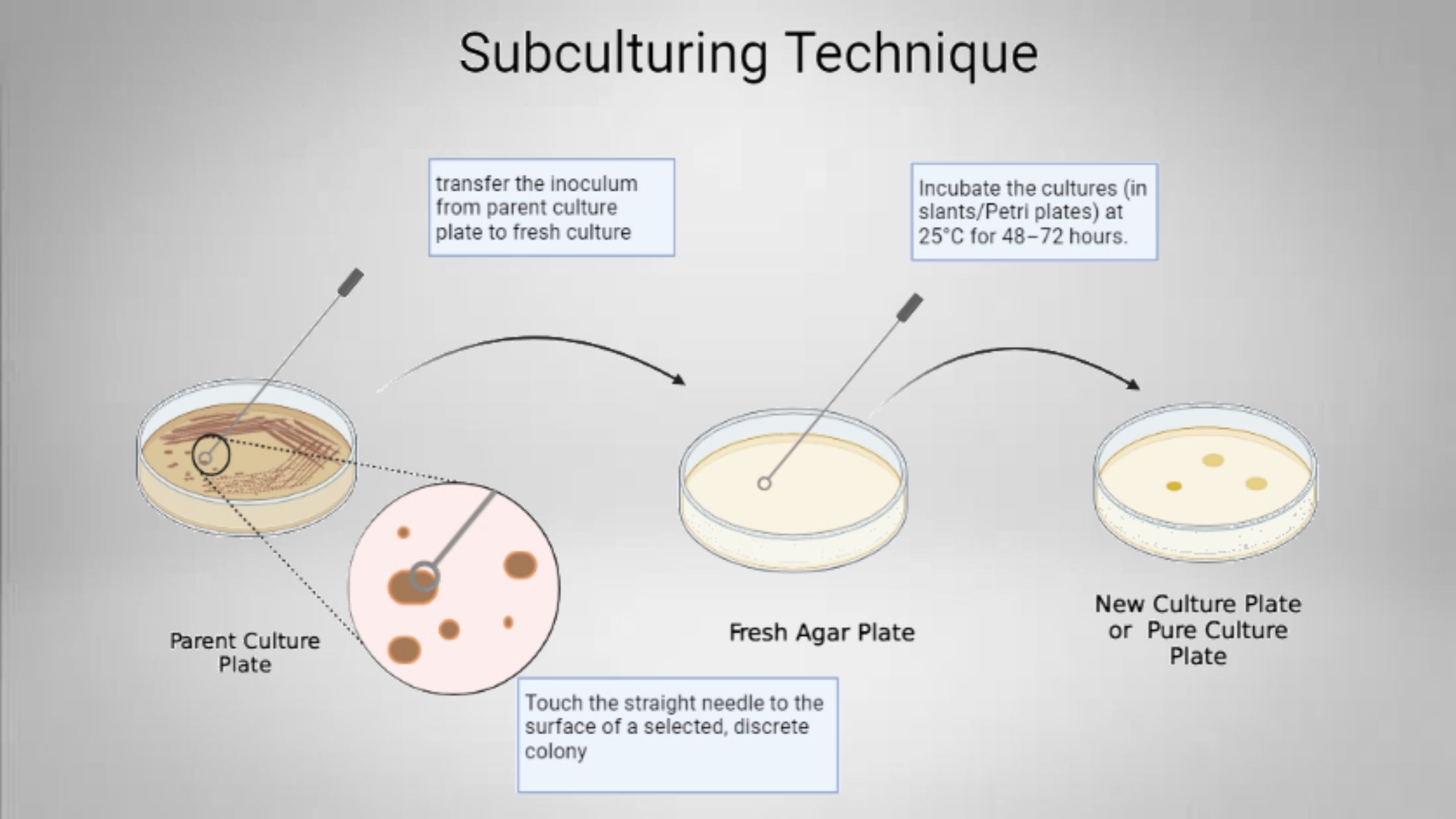
Subculturing Technique In Agar Slant Agar Plate
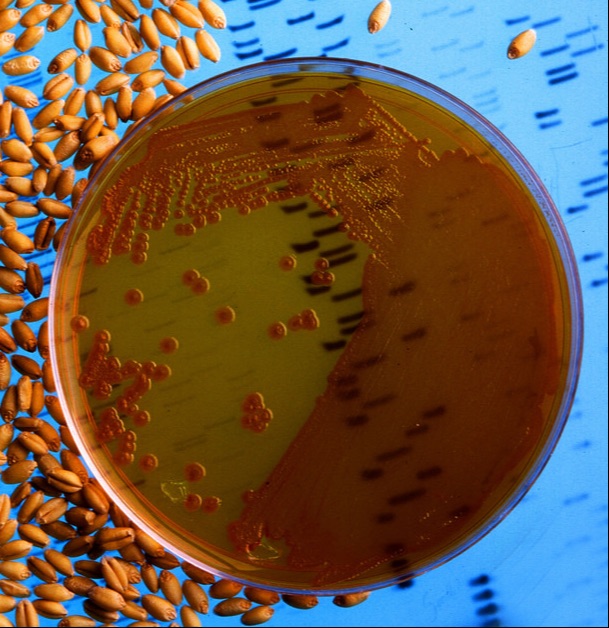
Bacterial Growth Patterns And Colony Types Microbiology Learning The Why Ology Of Microbial Testing

Bacteriology Laboratory Organization

What Is Culture Media Different Classification Of Culture Media Microbiology Youtube

B Sc Microbiology Ii Bacteriology Unit 4 2 Culture Media

Culture Characteristic Of Bacteria
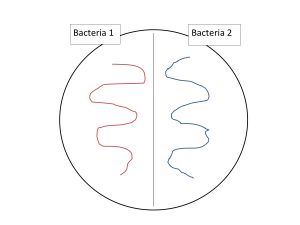
Bacteriological Culture Methods Microbiology A Laboratory Experience

Bacteriological Culture Methods Microbiology A Laboratory Experience

Pin By Kendra Grissom On Microbiologia Medical Laboratory Science Student Medical Laboratory Scientist Medical Laboratory Science

Streaking Culture Plates In Bacteriology

Streaking Culture Plates In Bacteriology

Bacterial Culture Media Classification Types Uses Microbe Online
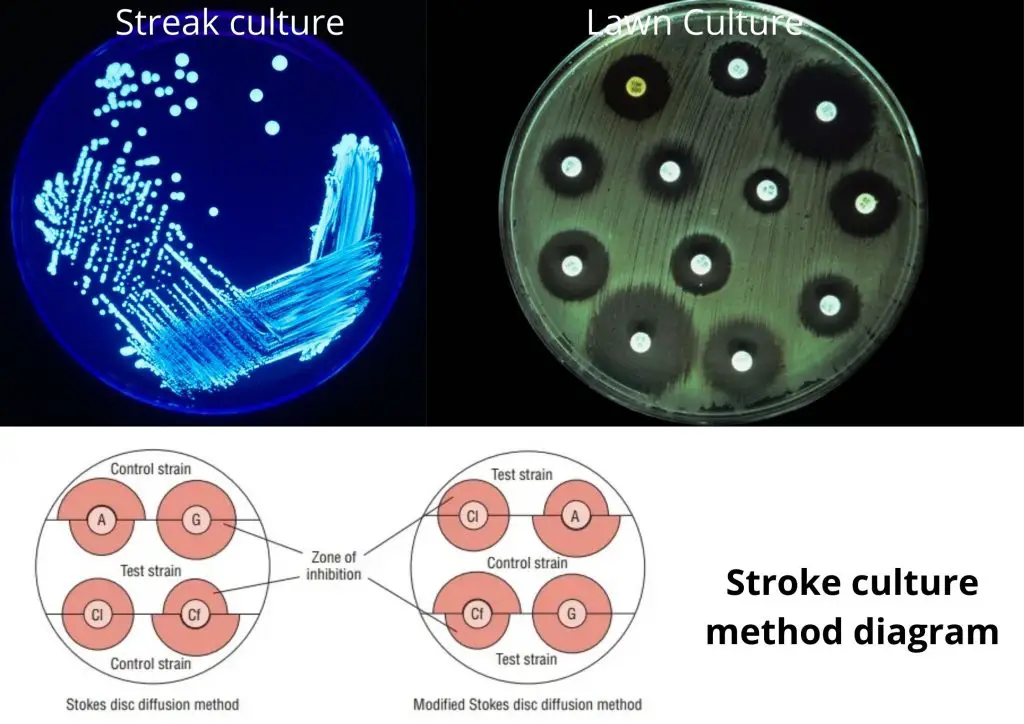

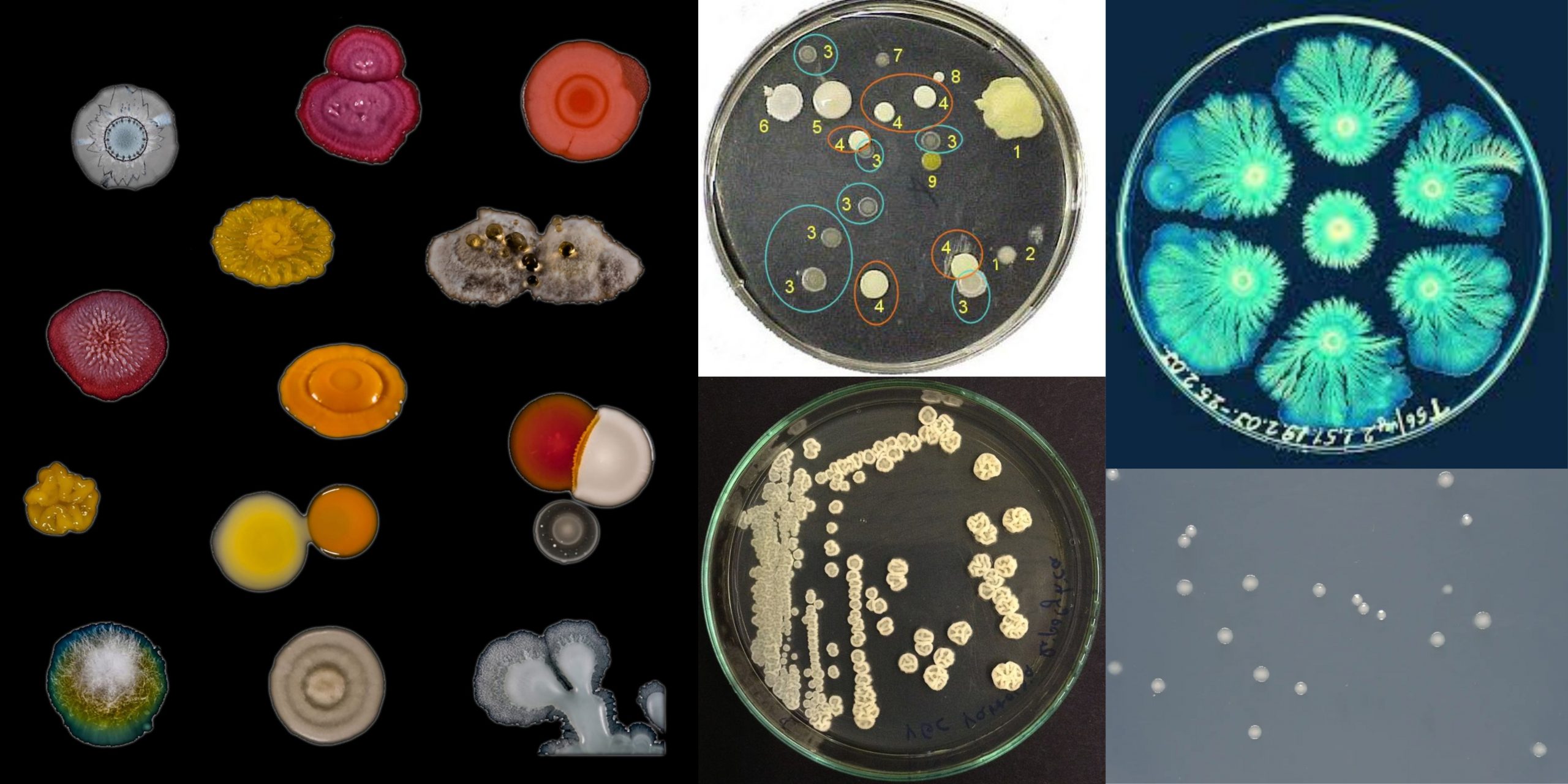

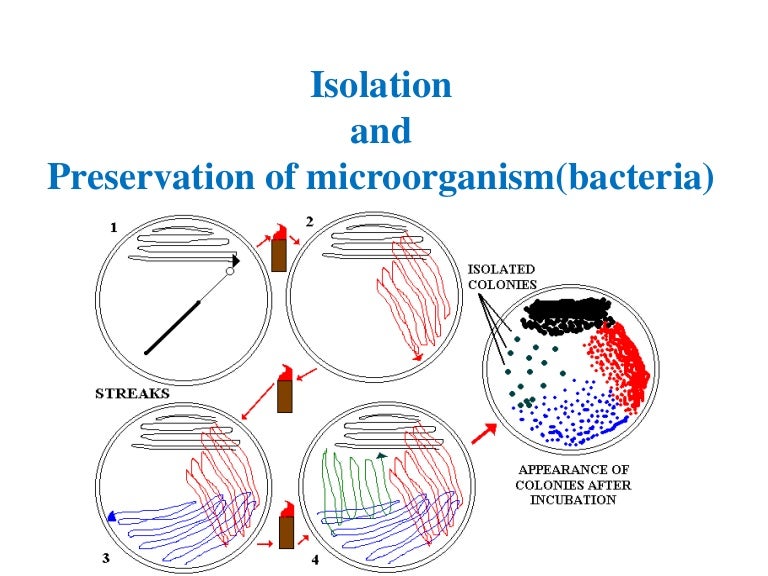
Comments
Post a Comment